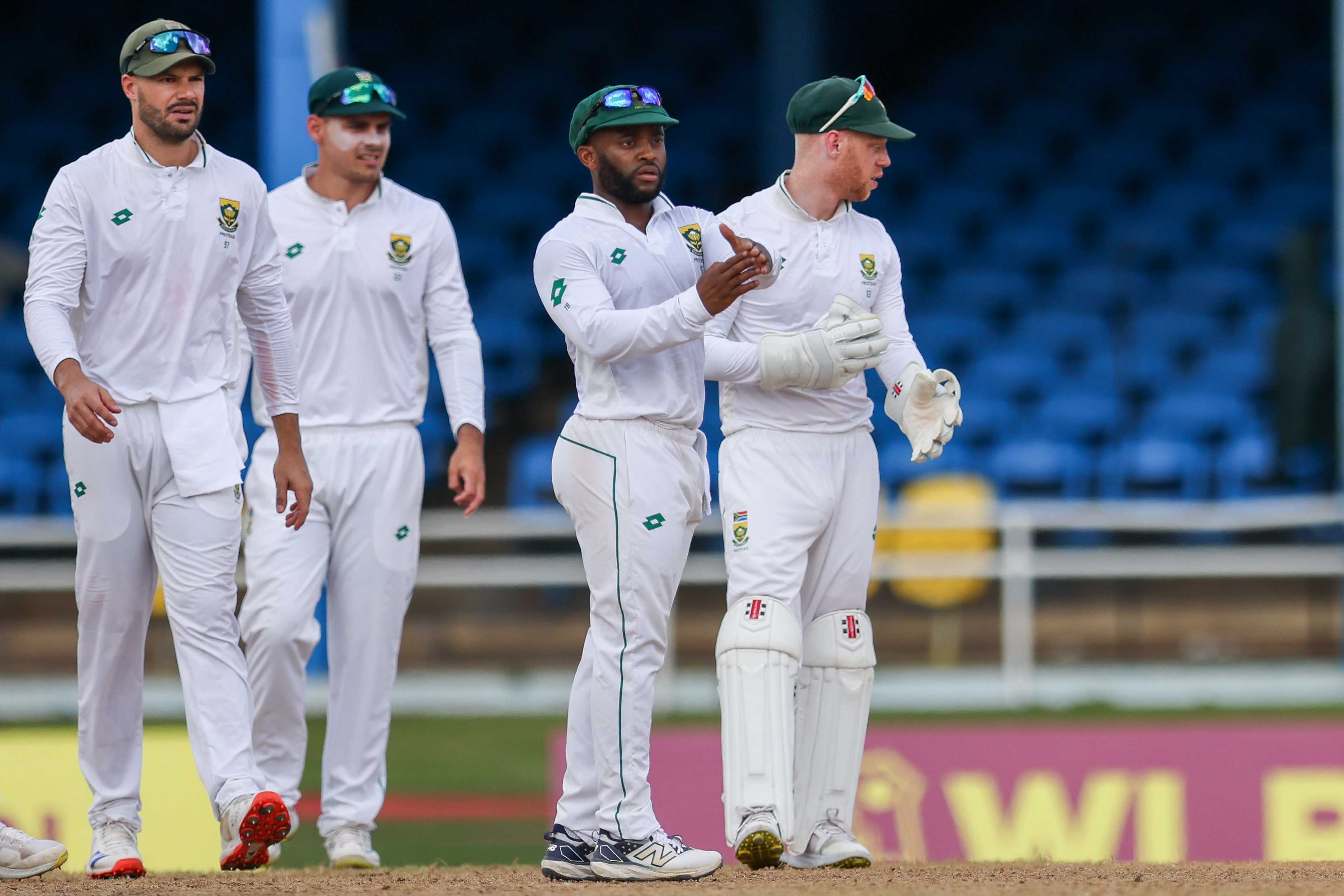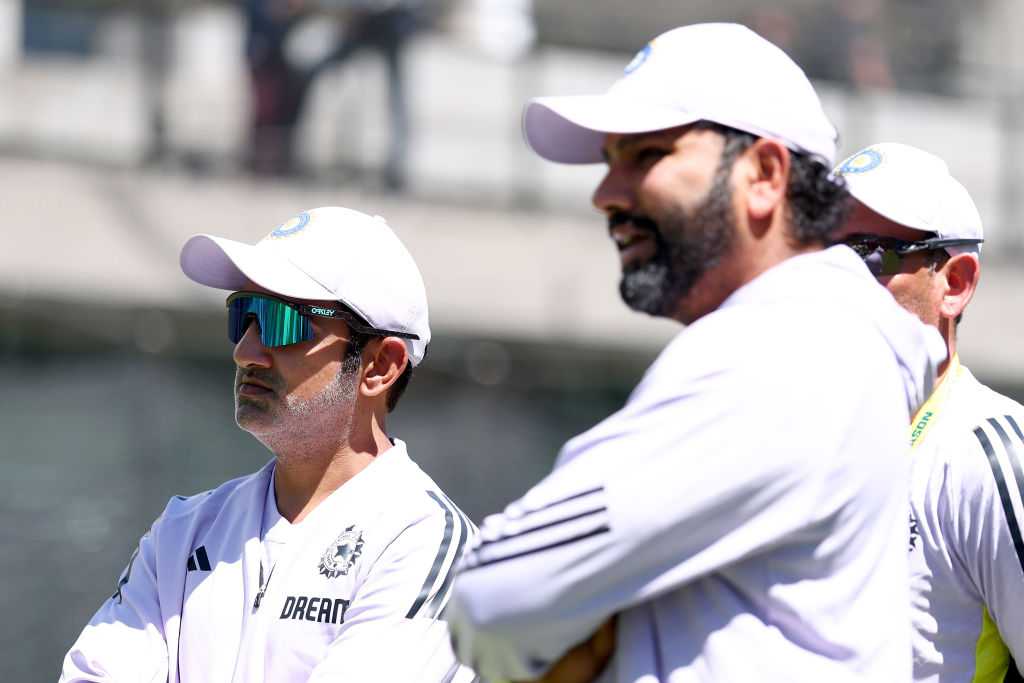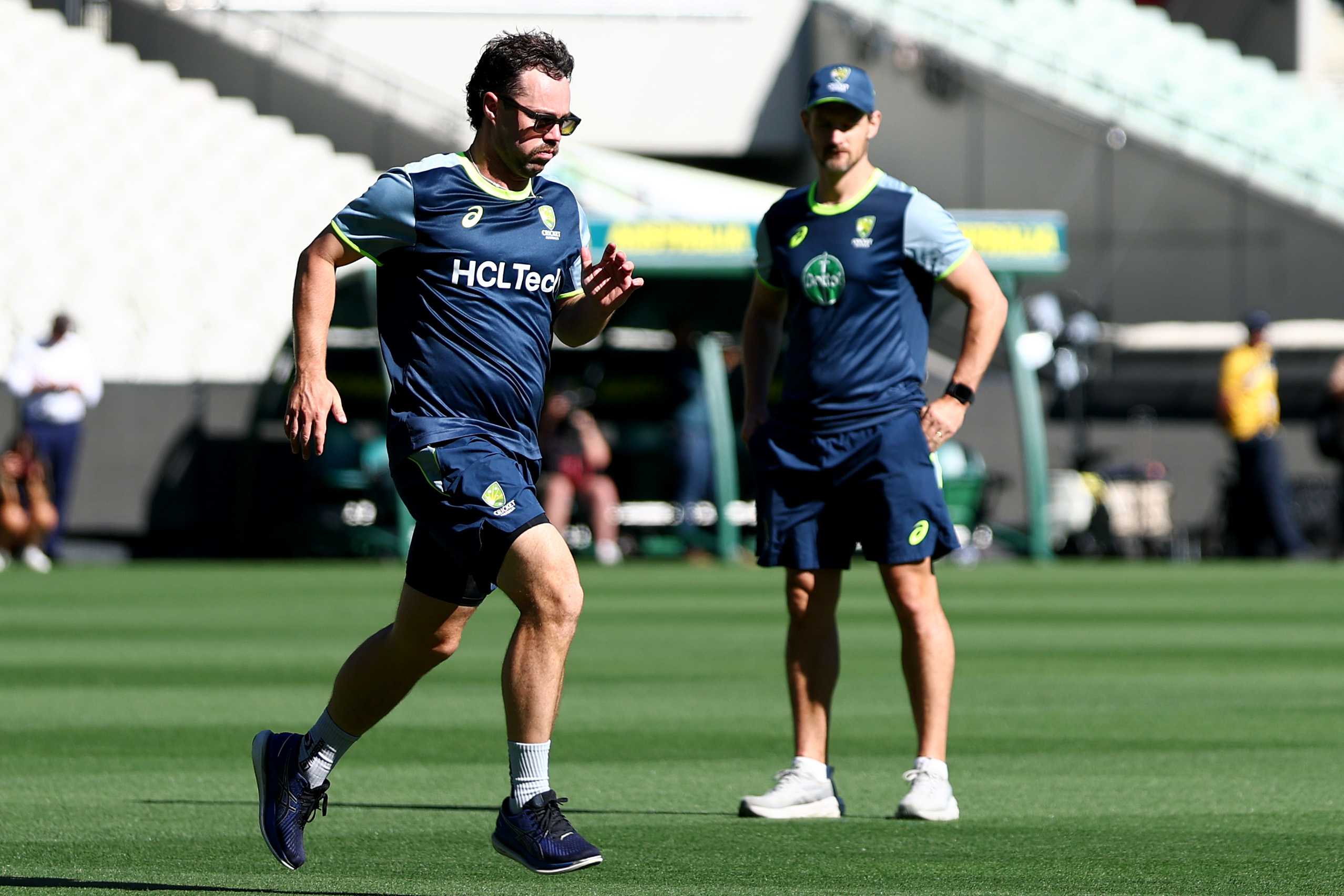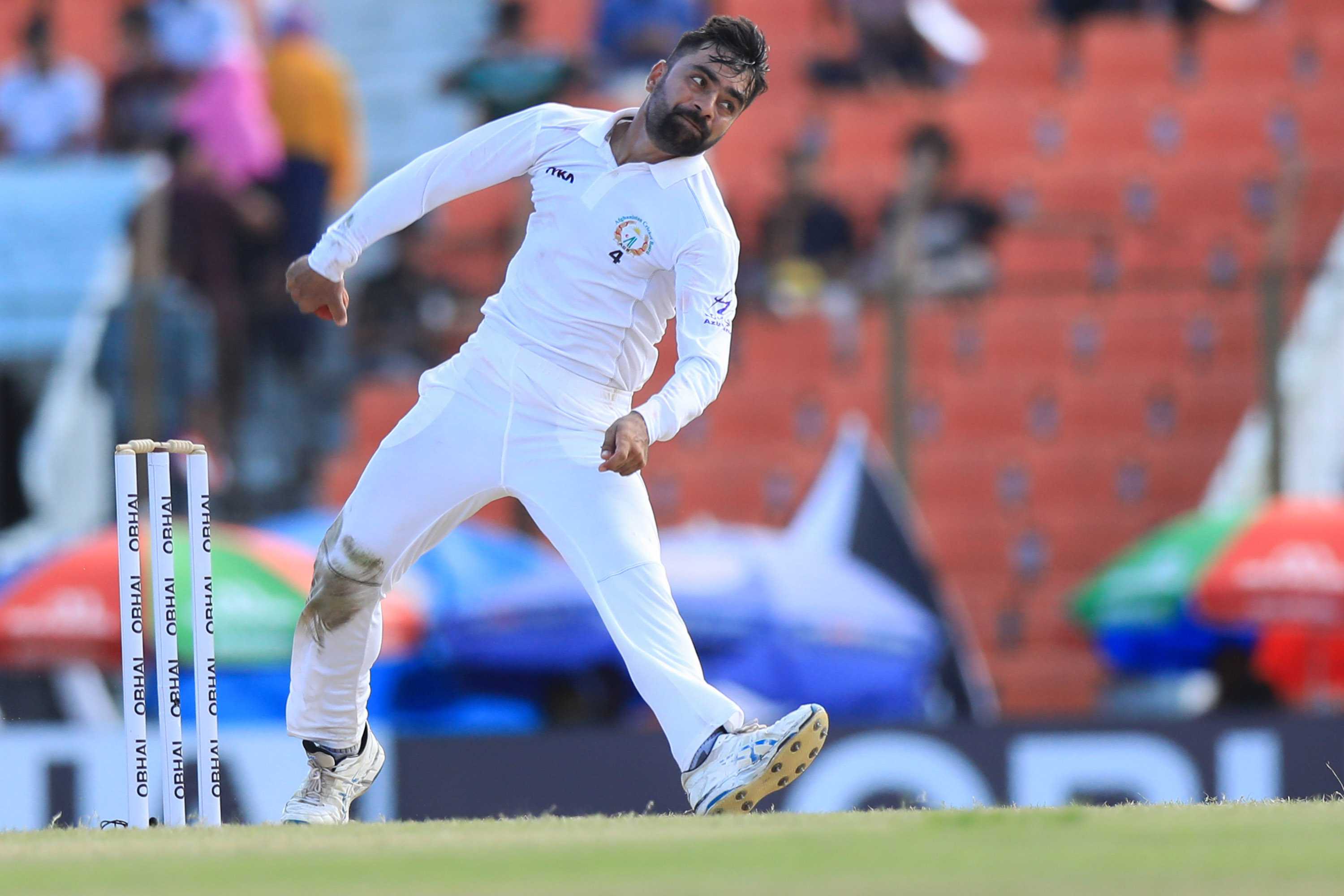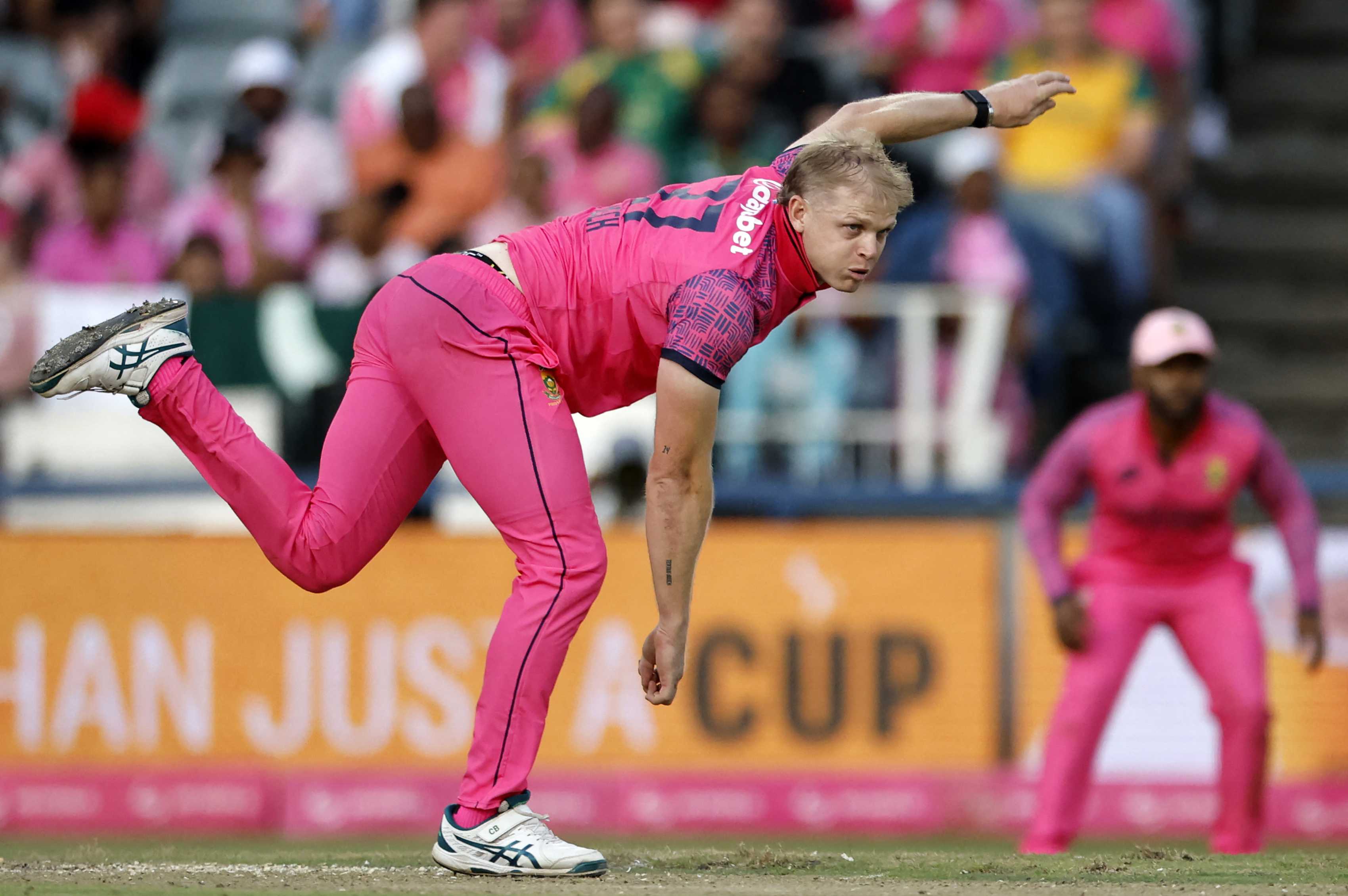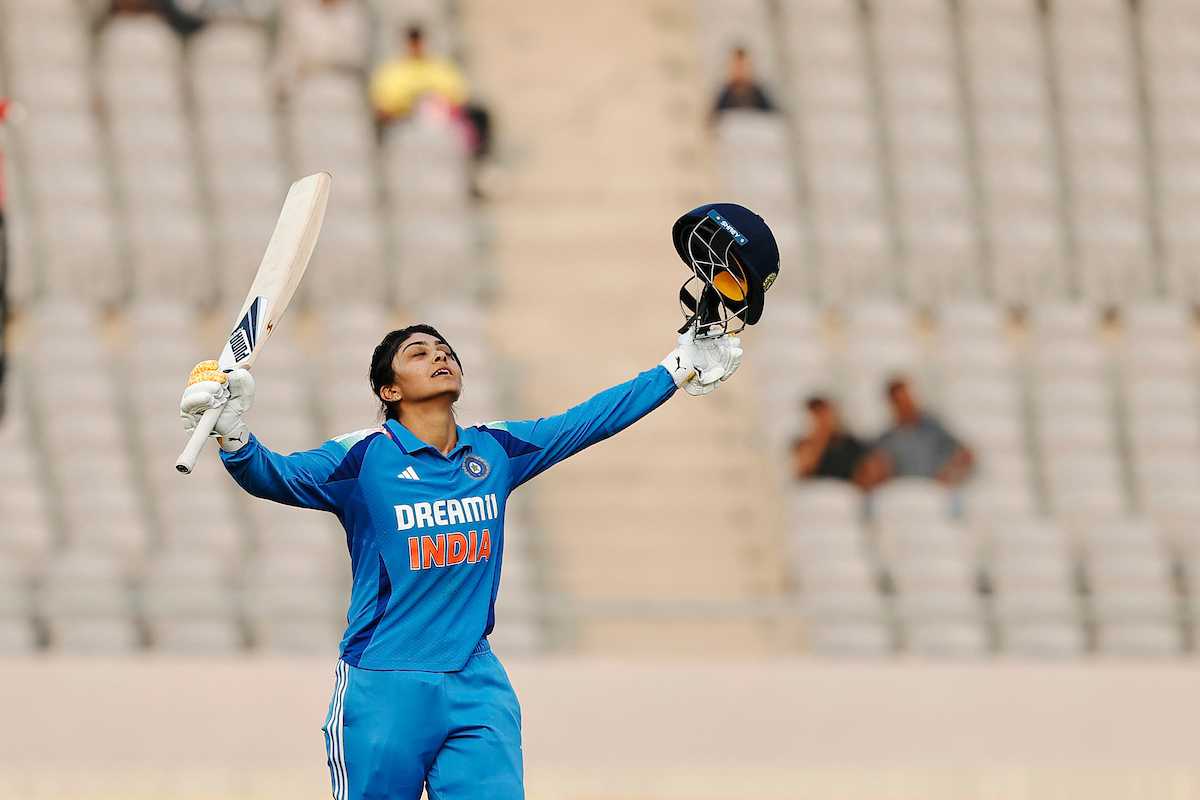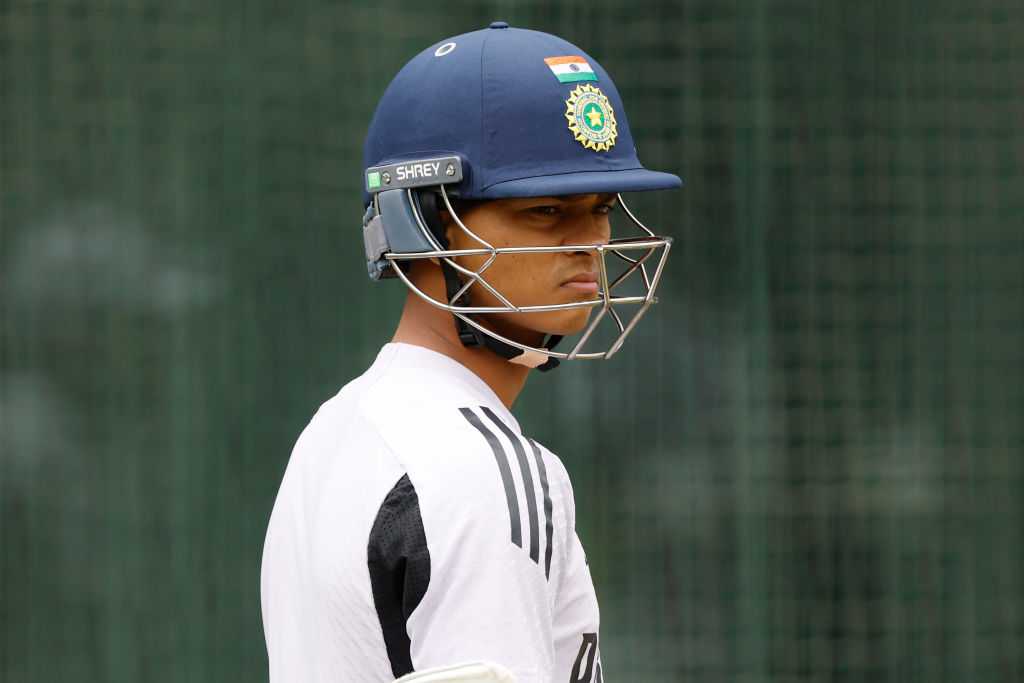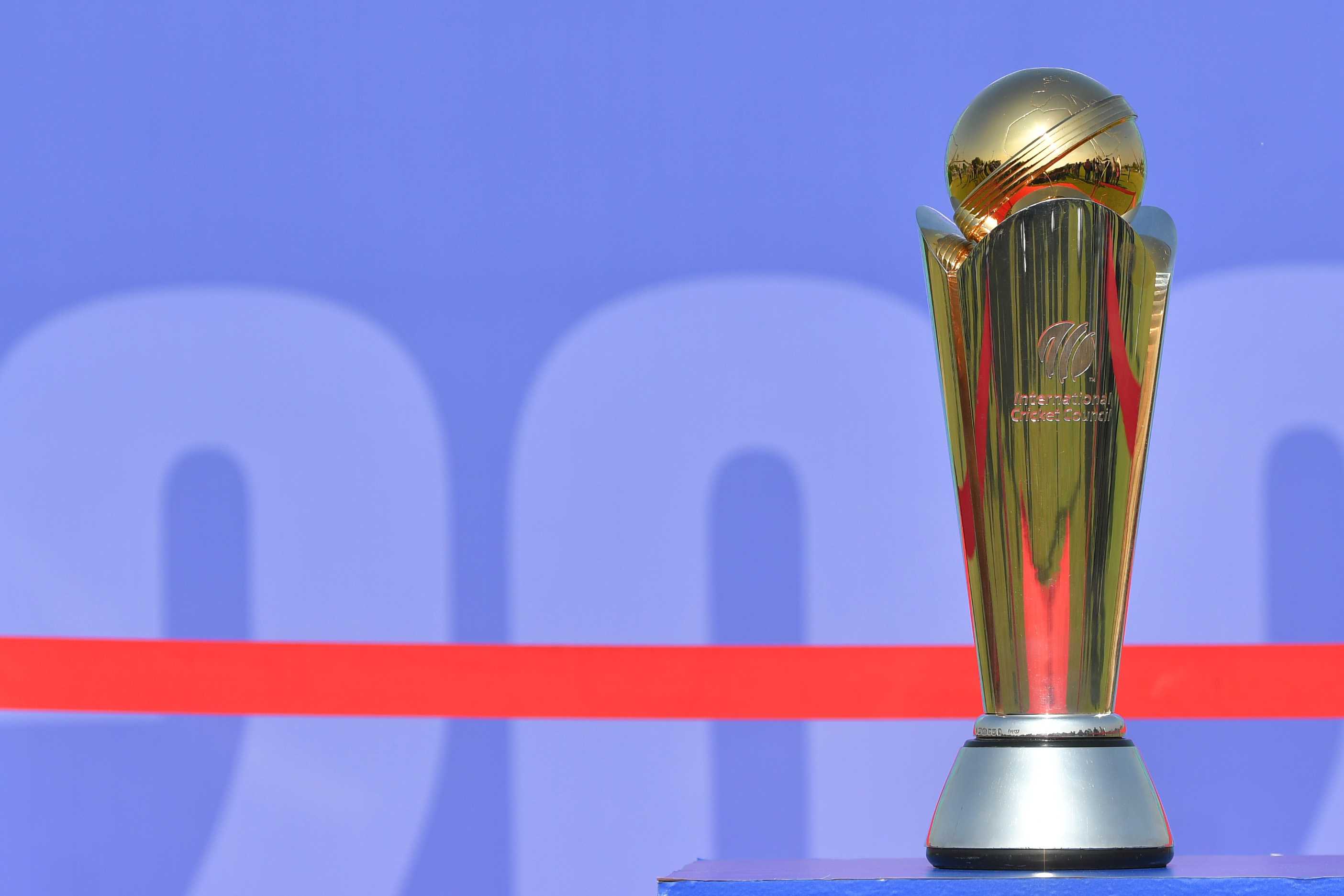w0EGQrvn9bj When a rain-ruined Test between Australia and England in 1971 resulted in the first one-day international at Melbourne, few believed that this new form of cricket would become a global, money-spinning affair
The first one-dayer was not a pre-planned affair as it was arranged on the last scheduled day of the rain-hit Test to appease the public
It was an instant success, attracting nearly 46,000 spectators to the MCG
It was a 40-overs-a-side match with eight balls in an over and played more like Test cricket because one-day specialists, like Australian Michael Bevan, were to arrive decades later
It was just a coincidence that the game was played between the same opponents at the same venue where Test cricket began
The winners were also the same - Australia
Ray Illingworth's England were all out for 190 after being put in to bat, with John Edrich top-scoring with 82 off 119 balls with just four fours
Australia never looked in trouble, riding on Ian Chappell's half-century to win by five wickets
His brother and India's current coach, Greg, remained unbeaten with 22
The authorities, however, were slow to wake up to the possibility of the new format as only 18 one-day internationals were played before the World Cup made its debut in England in 1975 with eight teams
It is something unthinkable in the modern marketing era when one-dayers are everywhere and attract a global television audience
The authorities now just look for an opportunity to hold a one-day series, thanks to sponsorship and spectators' response
Players do complain about the taxing schedules, but the caravan just rolls on
The first World Cup was different as white balls, coloured clothing, black sightscreens, day-night matches and worldwide television viewership were unheard of
England enjoyed one of their best summers in years as none of the 15 games was ruined by rain, while the West Indies had their date with destiny sealed when they lifted the Cup on the longest day -- June 21
The 60-overs-a-side final, at a packed Lord's, was also one of the longest, starting at 11 in the morning and finishing at 20:42 in the evening when Australian tail-ender Jeff Thomson was run out trying to steal a bye
It was the best advertisement for one-day cricket
It was a close, tense match with fortunes fluctuating till the end before Australia (274) fell 17 runs short of the West Indies' total (291-8)
Viv Richards was the first to stress the significance of fielding in the shorter version of the game, bringing off three of the five run-outs in the Australian innings
Teams were to give special attention to this aspect in coming decades, with South African Jonty Rhodes taking fielding to a new high
Put in to bat, the West Indies began on a sensational note when opener Roy Fredericks hooked paceman Dennis Lillee for a six, but started returning to the pavilion
It took a while to realise he had stepped on to his stumps
The West Indies were struggling at 50-3 before skipper Clive Lloyd restored his team's fortunes with a quickfire 85-ball 102
He put on 149 for the fourth wicket with veteran Rohan Kanhai (55) to help his team set a stiff target
Australian captain Ian Chappell scored an impressive half-century, but the asking-rate kept climbing
The run-outs kept Australia pushing back
The West Indies had virtually wrapped up the game when they reduced their opponents to 233-9
Thomson and Lillee then underlined the Australian resilience, adding 41 for the last wicket
The West Indies supporters also figured in the drama, once rushing on to the field in jubilation when Fredericks caught Lillee
They had to retreat soon as umpire Tom Spencer signalled it a no-ball
They did not have to wait long for the celebrations
The final still ranks as one of the best in the World Cup history, although the tournament has gone through many changes since then
Its appearance has changed as it is no longer played in whites
Tactics have developed as pinch-hitters have arrived following fielding restrictions and more batsmen are now willing to play unorthodox shots, like a reverse-sweep
One thing that has not changed is that excellence is still required to win matches




